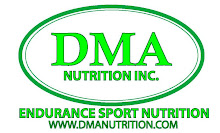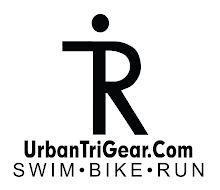The physiological adaptations that generally account for improved performance in sedentary or recreationally trained individuals may not necessarily apply to the highly trained athlete.
With highly trained athletes, an increase in sub-maximal training (volume) does not appear to further enhance either endurance performance or associated variables such as maximal oxygen uptake (VO2max), anaerobic threshold, economy of motion and oxidative muscle enzymes. Indeed, for highly trained athletes, it appears that further improvements in performance can only be achieved through high-intensity interval training (HIT). While research indicates there is no up-regulation of oxidative or glycolytic enzyme activity, there is an increase in performance in a 40 km time trial and peak power output (PPO) obtained during a progressive cycling test.
It appears that once an individual has reached a VO2max of > 60ml/kg/min, endurance performance is not improved by a further increase in sub-maximal training volume. Generally, training plans that are executed by trained athletes do have an aerobic base period that is complimented by HIT sessions that model the demands of the athletes event as he/she approaches the event. HIT sessions have been shown to improve running performances in addition to 40 km time trial performances in trained cyclists who saw an increase in their PPO in a post-HIT progressive exercise test.
With the HIT intervention, we would expect to see physiological adaptations such as an improved ability of working muscles to produce and utilize ATP and the subsequent integration of metabolic pathways that serve to resynthesize ATP which determines efficiency (Green, 2000) in addition to an increase in fatty acid utilization leading to a lower respiratory exchange ratio at submaximal workloads. We also expect to see an increase in performance in the 20 km time trial performance and an increase in peak power output
Friday, August 7, 2009
Subscribe to:
Post Comments (Atom)












.jpg)



No comments:
Post a Comment